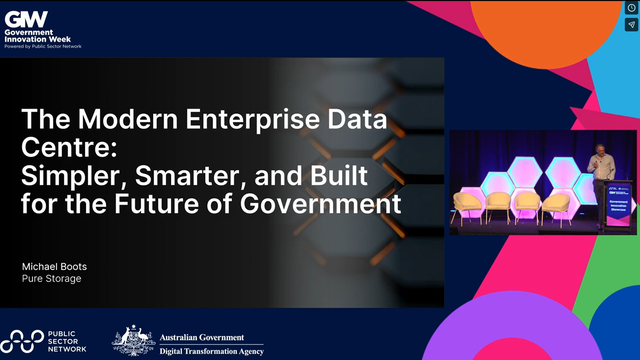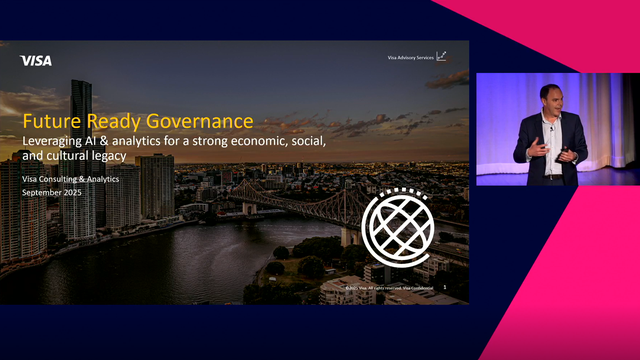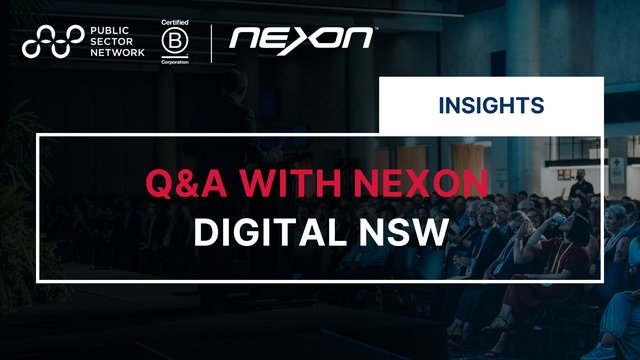Government Keynote:

At our recent Digitising and Scaling Corporate Services for Back Office Transformation virtual event – Andrea Mayer, Director, Financial Services & Strategic Sourcing, Department of State Development, Infrastructure, Local Government & Planning (Qld) explored strategies on how to lay the foundations for repositioning procurement activities and resources.
The need for good government procurement
Government departments exist in large part to provide services to their customers, and thus procurement is an important part of any department, as it enables those services to be provided. At the Department of State Development, Infrastructure, Local Government & Planning in Queensland, Andrea Mayer, the Director of Financial Services & Strategic Sourcing, says that procurement plays a dual role. The Corporate Procurement team “provides advice to the various business groups within the Department, and we also undertake transactional activities,”, particularly for the “more complex procurement activities.” On top of that, the team also is “responsible for capability development across the Department,” for existing staff and new recruits, especially given the “high turnover rate.”
Clearly, procurement, and the role of the team at the Department, are important. However, traditionally procurement has been “a very linear process, built on legacy systems and historical frameworks.” This was clearly acceptable for a long time, but now, “when change is the only constant,” having to complete each step before the next one can commence, “is rigid, bureaucratic, and does not allow for a lot of flexibility, which is necessary for the current environment.” So a new approach had to be sought, and the solution became ‘agile procurement’. Unlike the traditional methodology, the new agile approach “is less strict, less orthodox, more open, more adaptable, and much more collaborative as it allows teams to make quicker and more accurate decisions.”
Why agile procurement is the way to go
The agile methodology has two main pillars and a number of other principles that make it ideal for these times. The central pillars are “ongoing communication and flexibility.” The other supporting principles include “collaboration and feedback from clients; efficiency and speed, which includes transparency and responsiveness; motivation and shared goals; simplification through the reduction of red tape; unpredictability in these changing market conditions; and value for money, gained by factors like increased trust, time reduction, and transparency.”
To achieve the agile procurement that departments may be seeking, there are four important elements, each of which needs to work together:
Stakeholders
– In order to get “maximum buy-in,” the stakeholders need to be involved as early as possible. This means having clarity about expectations and “starting positions,” and – in line with one of the main pillars – it means having “ongoing communications at all times.” To that end, as things intensify or get complicated, it may mean “input from legal services, IT or finance areas.” From a stakeholder perspective, it is also necessary to “capitalise on each party's contribution.” This means recognising that “business teams are the content matter experts, and procurement teams are the process experts.”
Systems
– To support the agile activities, appropriate systems need to be in place. One good example of a modern system “that can build on legacy systems as well, is robotic process automation. It is cost-effective innovation.” On top of that, it is important to ensure that there is “integration with other systems.” After all, procurement “doesn’t operate in isolation,” so any system set up for procurement needs to be able to “talk to finance contract management systems as well.” This eliminates duplication and if there is true alignment, it may also “work with a web interface or other network systems through electronic (e-)procurement.” It is also important to think about approaches that encourage “economies of scale and better reporting standards.” And with flexibility as one of the key pillars, the appropriate systems need to be in place to enhance “working from home arrangements,” as well as “real-time data” to support decisions.
People
– Across any government service, “people are the cornerstone of the solution.” But simply relying on the “current skillsets and structures of the team” may not be ideal. “We need to think about where we want to be in one, three, or five years, and what changes we need to make to get there.” From a procurement perspective, this may require “doing a gap analysis to identify training requirements and benchmarking.” Re-skilling for any team is a “big challenge,” especially since it has already been established that the procurement teams are the process experts. However, the team needs to be familiar with the “technical requirements, which may keep changing, as well as the industry challenges.” For instance, government procurement could be involved in construction, “from a school to a whole township.” Having infrastructure knowledge is critical, and thus the team may need to have expertise in “town planning, economic analysis, contracting, construction, etc.”
Processes
– Agile procurement is about “reducing process steps by joining activities together.” This includes “fully or partially combining documentation for initiations, approvals, go-to-market and contracting.” Other documents can be “pre-populated or confirmed upfront.” To make things easier, “multiple approvals can be combined into one global submission, and approval thresholds should be monitored so that everything doesn’t get escalated, thus reducing bottlenecks.” All of this is designed to create an “efficient process flow, and to predict future demand.” This will in turn produce an “accurate procurement pipeline that can be resourced to meet fluctuating business needs.”
Going forward
For many organisations involved in procurement – in the public and private sectors – the top priority has always been “reducing purchasing costs.” Whilst this is still clearly important, the new re-framed focus now should be on “proactively monitoring, analysing and initiating opportunities for better spending patterns.” Investment in things like IT systems, automation, and digital transformations will ultimately lead to “improved agility, customer-centric processes and cost efficiencies.”
Procurement teams also need to “align their skills and talents with the ever-changing business needs.” Organisations across the board are reassessing and better understanding the need for “top talent.” In the case of procurement, “this means leveraging cross-training and investing in developing talent.” Procurement teams also need to be seen as adding value and thus really “need to act as strategic advisors to the business.”
“Top-performing procurement organisations recognise that a strong relationship with the business enables early involvement with greater spend influence, and the need to improve analytical and reporting capabilities is ever-increasing. Procurement teams also need to make better use of “predictive and smart analytics,” and need to make “sustainable procurement a priority. This is amongst the most critical areas in which procurement can make a big impact.”




































